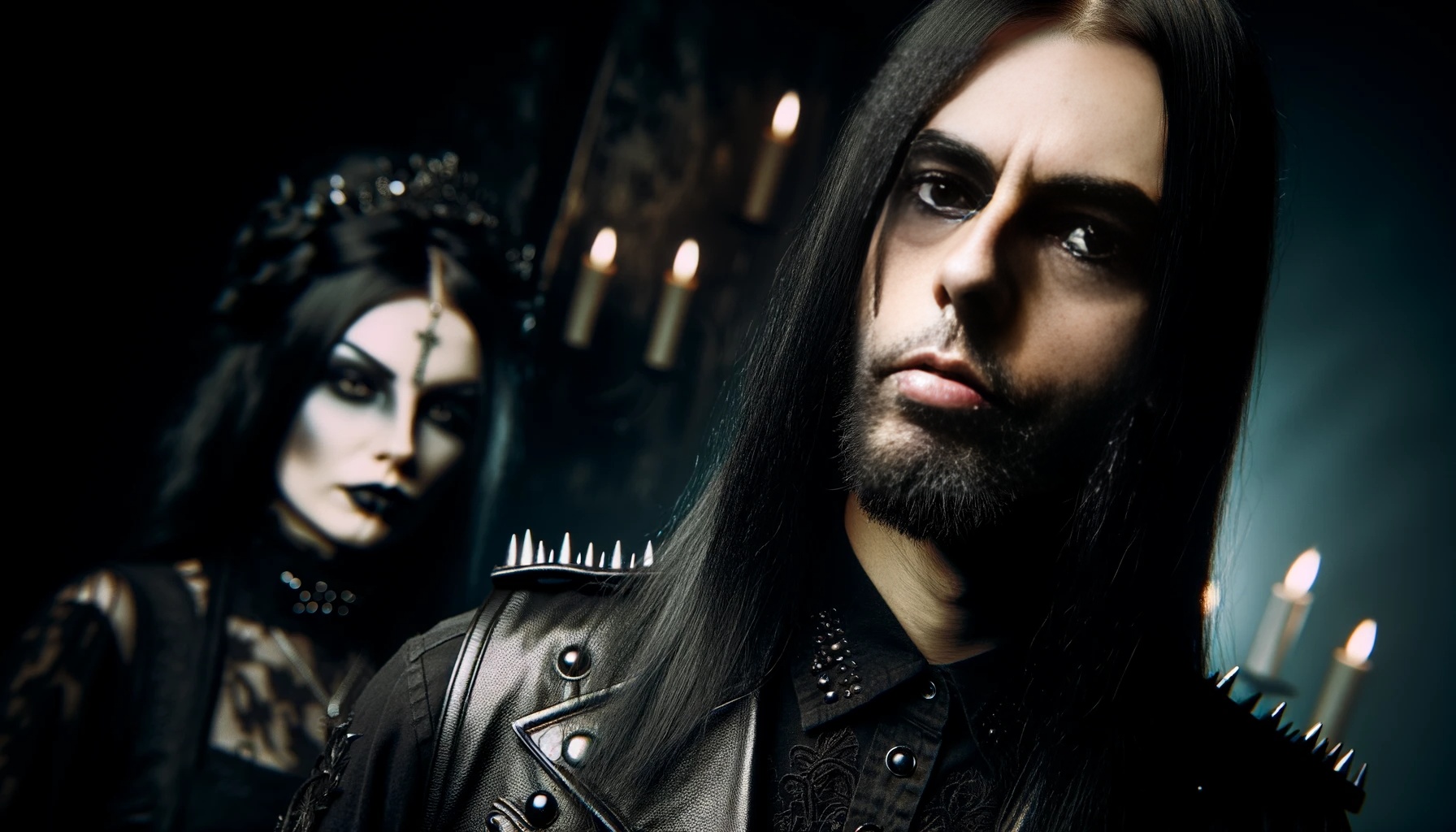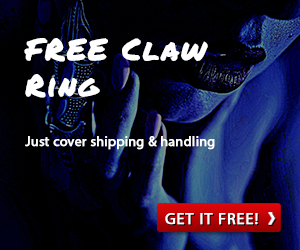The metal and goth subcultures are infamous for their aesthetic devotion to darkness, rebellion, and otherworldly expression. But beneath the surface of theatrical makeup, haunting melodies, and cryptic lyrics, a far darker shadow looms: substance abuse and addiction. In this piece, we’ll rip through the romanticized veil and dig into the guts of why these communities are plagued by addiction issues and drug use. Brace yourself—this isn’t going to be a polished exposé. It’s a mirror held up to the twisted truths we’ve all ignored for too long.
A Culture Built on Rebellion and Excess
Let’s not sugarcoat it—metalheads and goths thrive on rejecting societal norms. While the mainstream drones on about white picket fences and morning jogs, we scream into the void and drown ourselves in Nietzsche, Bauhaus, and existential despair. The rejection of the “normal” is empowering, but it comes with a dangerous pitfall: excess.
From legendary rockstars snorting their way to oblivion to local goth nights where absinthe and pills flow as freely as the eyeliner, the subcultures are rife with substance use. Drugs and alcohol become the silent backstage crew, enabling the creativity, nihilism, and “fuck the system” ethos that fuels these scenes. But what happens when the lines between indulgence and destruction blur?

Why Substance Abuse Is More Prevalent in Metal and Goth Subcultures
The Romanticization of Self-Destruction
Let’s start with the elephant in the room: these subcultures often glorify self-destruction. The goth scene, in particular, wraps itself in themes of melancholy and despair. Lyrics about heartbreak, death, and existential pain dominate playlists, creating a space where escapism—often through substances—feels almost natural.
In metal, the narrative isn’t much brighter. From Slayer’s “Reign in Blood” to Black Sabbath’s “Sweet Leaf,” the themes of rebellion and altered states of mind are pervasive. Drug use in metal and goth communities isn’t just tolerated; it’s often seen as part of the identity.
Mental Health: A Catalyst for Addiction
Mental health struggles run rampant in these communities. Depression, anxiety, and trauma are common threads among members who find solace in dark music and aesthetics. But let’s be real—how often do we turn to therapy or self-help when substances provide a faster (if temporary) fix?
Addiction issues among metalheads and goths are often deeply tied to untreated mental health problems. The music provides an emotional outlet, but it can also amplify feelings of despair, leading many down the path of self-medication. And before you know it, the line between occasional escapism and crippling addiction is obliterated.

Breaking Down the Drugs of Choice
Alcohol Abuse: The Legal Poison
If there’s one constant at every gig, club night, or festival, it’s alcohol. Metalheads pound beers like they’re hydrating for battle, and goths sip their absinthe as if they’re channeling Baudelaire himself. But let’s face it—alcohol abuse in metal and goth scenes is the most socially accepted form of substance use, making it the most insidious.
The problem? Alcohol dependency sneaks up on you. One drink after a gig becomes a bottle alone at home. Before long, the scene that once felt like an escape starts to feel like a cage.
Drugs: The Darker Reality
- Cocaine and Speed: The high-energy nature of metal makes these stimulants a popular choice. Whether it’s for the adrenaline rush before performing or to keep up with the chaos of a mosh pit, cocaine and amphetamines are ever-present.
- Psychedelics: Goths, with their love of ethereal and surreal experiences, are drawn to substances like LSD and mushrooms. Sure, it aligns with the aesthetic, but the risk of addiction and psychological fallout is real.
- Opiates: In the goth scene, where themes of pain and despair reign, opiates like heroin make frequent appearances. Romanticized in art but devastating in reality, they’ve claimed the lives of countless members of these subcultures.

The Deadly Toll on the Scene
Legends Lost to Addiction
The list of musicians we’ve lost to substance abuse reads like a tragic roll call: Cliff Burton, Peter Steele, Layne Staley. Their deaths aren’t just losses to music; they’re cautionary tales for the community. But does anyone listen? Not really. If anything, their untimely ends are romanticized as part of their tortured genius.
Impact on Fans
Fans often mirror the behavior of their idols, perpetuating the cycle of substance abuse. The glorification of addiction in lyrics, interviews, and public personas creates a toxic feedback loop where struggling fans see their own pain echoed—and validated—by the people they idolize.
How Can the Metal and Goth Communities Confront Addiction?
Stop Glorifying the Struggle
The first step is to quit romanticizing addiction and self-destruction. Pain is not poetry, and overdoses are not glamorous. Metal and goth culture need to create spaces where sobriety and self-care are just as valid as rebellion and darkness.
Address Mental Health
It’s time for these communities to embrace mental health awareness. Therapy doesn’t make you weak; it makes you human. Bands and influencers within the scene should use their platforms to promote mental health resources and destigmatize asking for help.

Support Over Stigma
Shaming people who struggle with addiction doesn’t help—it isolates them. Metal and goth scenes thrive on community, so why not extend that ethos to supporting those fighting their demons?
The Uncomfortable Truth
Let’s be blunt: the problem of substance abuse in metal and goth subcultures won’t go away until the communities themselves decide to confront it. That means dismantling the toxic myths that bind us, calling out the enablers, and building spaces where healing isn’t seen as “selling out.” Will it be easy? Hell no. But if these subcultures can fnd beauty in darkness, they can damn well find strength in recovery.
For more unapologetically raw takes on music, culture, and everything in between, head to the home page at the home page.
And don’t forget to follow all my antics, rants, and musings on social media. Let’s keep the conversation going—or start a fight. Your choice.
Follow me on social media


